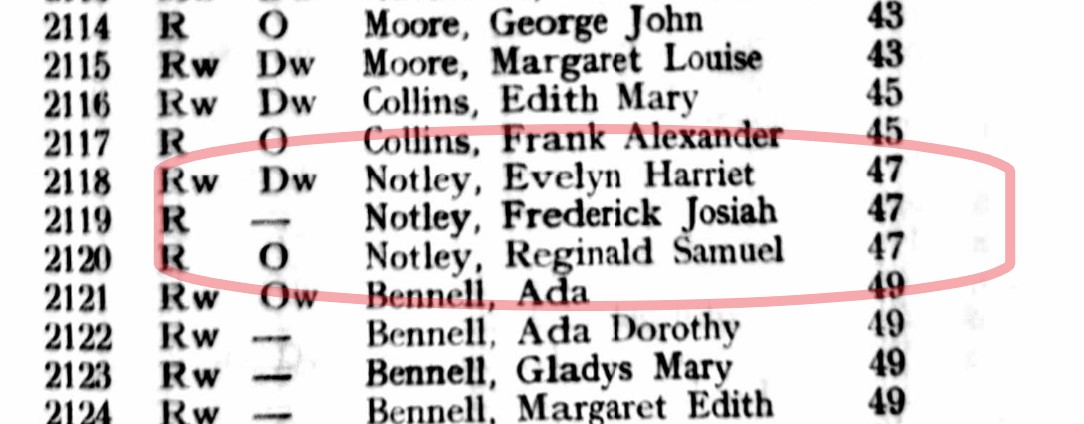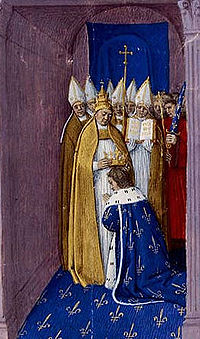The Census
Extracted from The National Archives
What is the census and why was it compiled?
The census is a head count of everyone in the country on a given day. A census has been taken in England and Wales, and separately for Scotland, every ten years since 1801, with the exception of 1941.
The object of the census was not to obtain detailed information about individuals, but to provide information about the population as a whole; listing everyone by name, wherever they happened to be on a single night, was the most efficient way to count everybody once, and nobody twice.

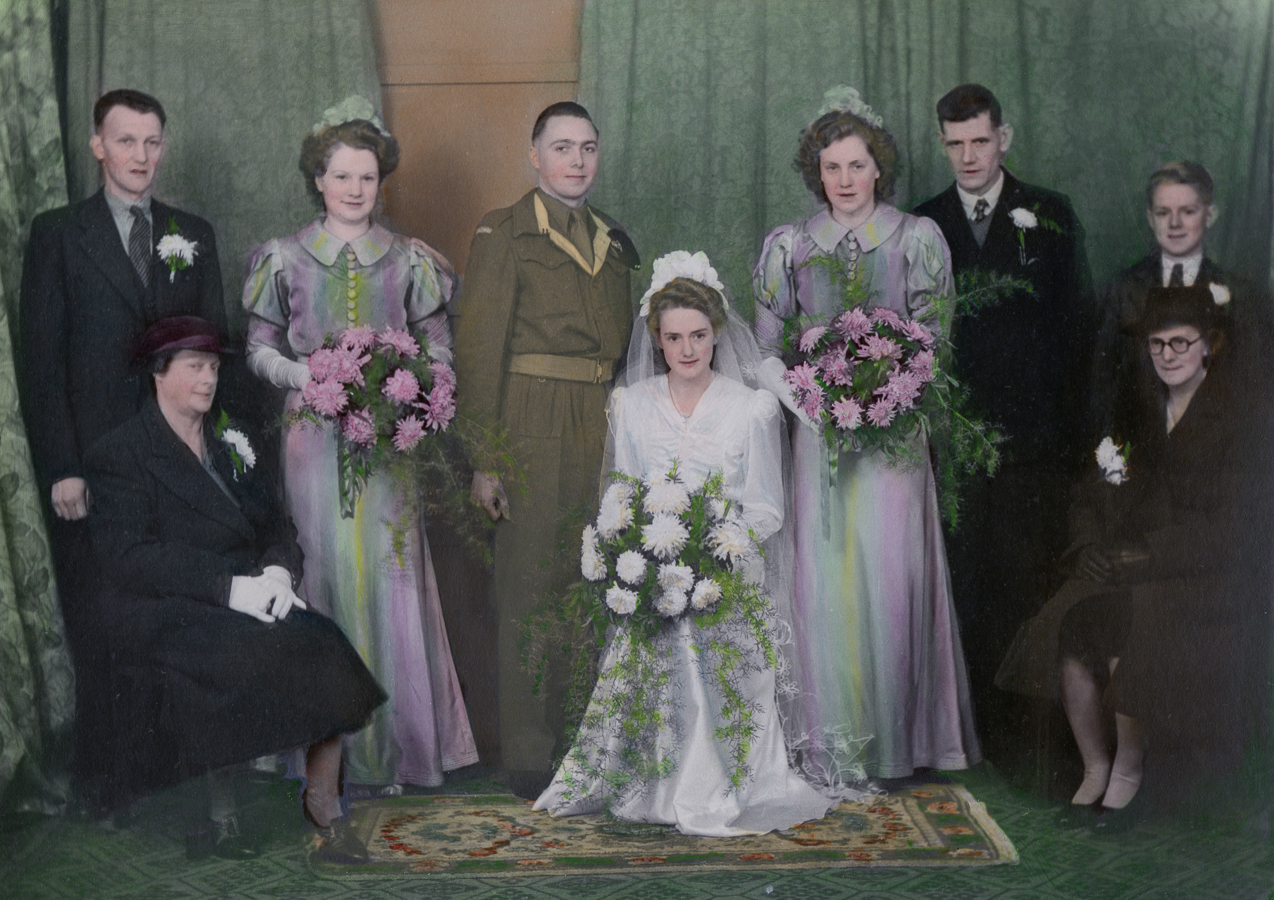
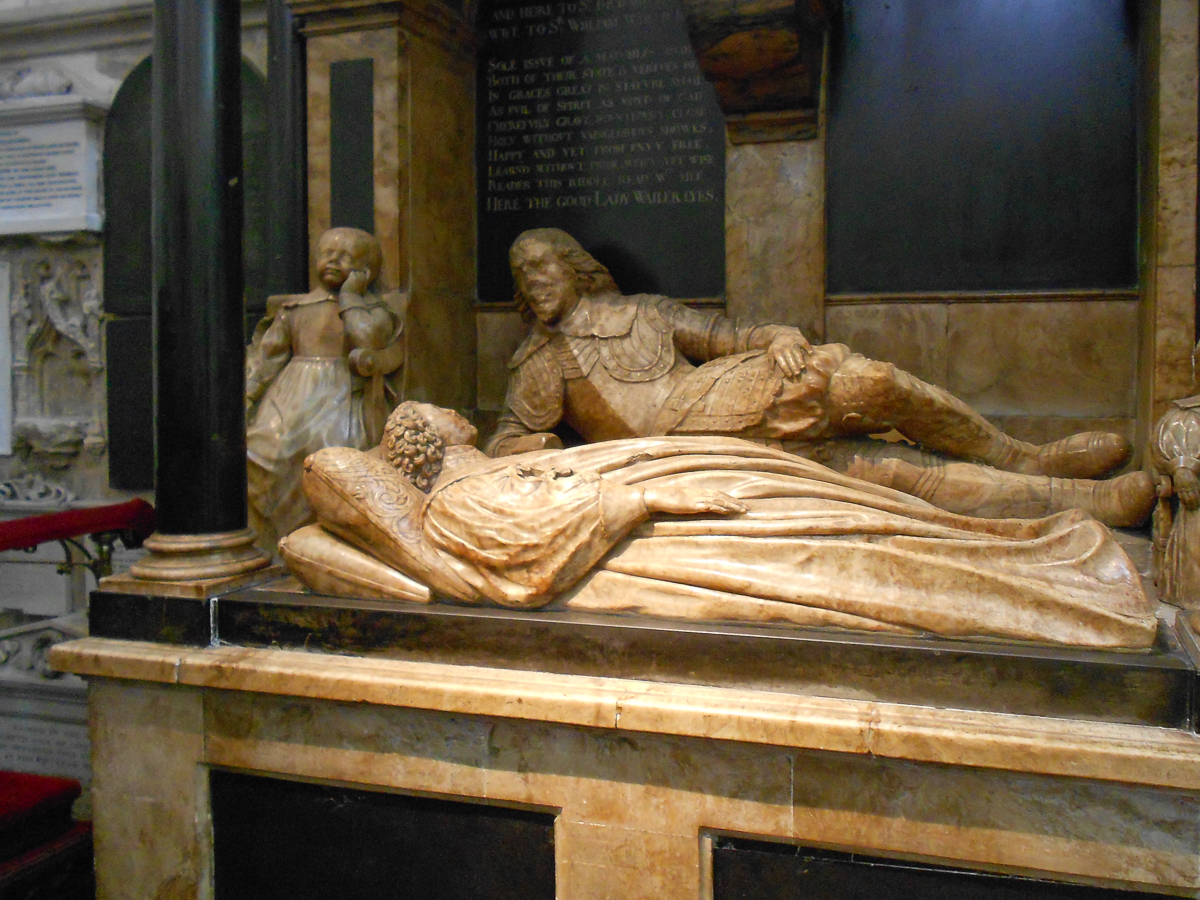
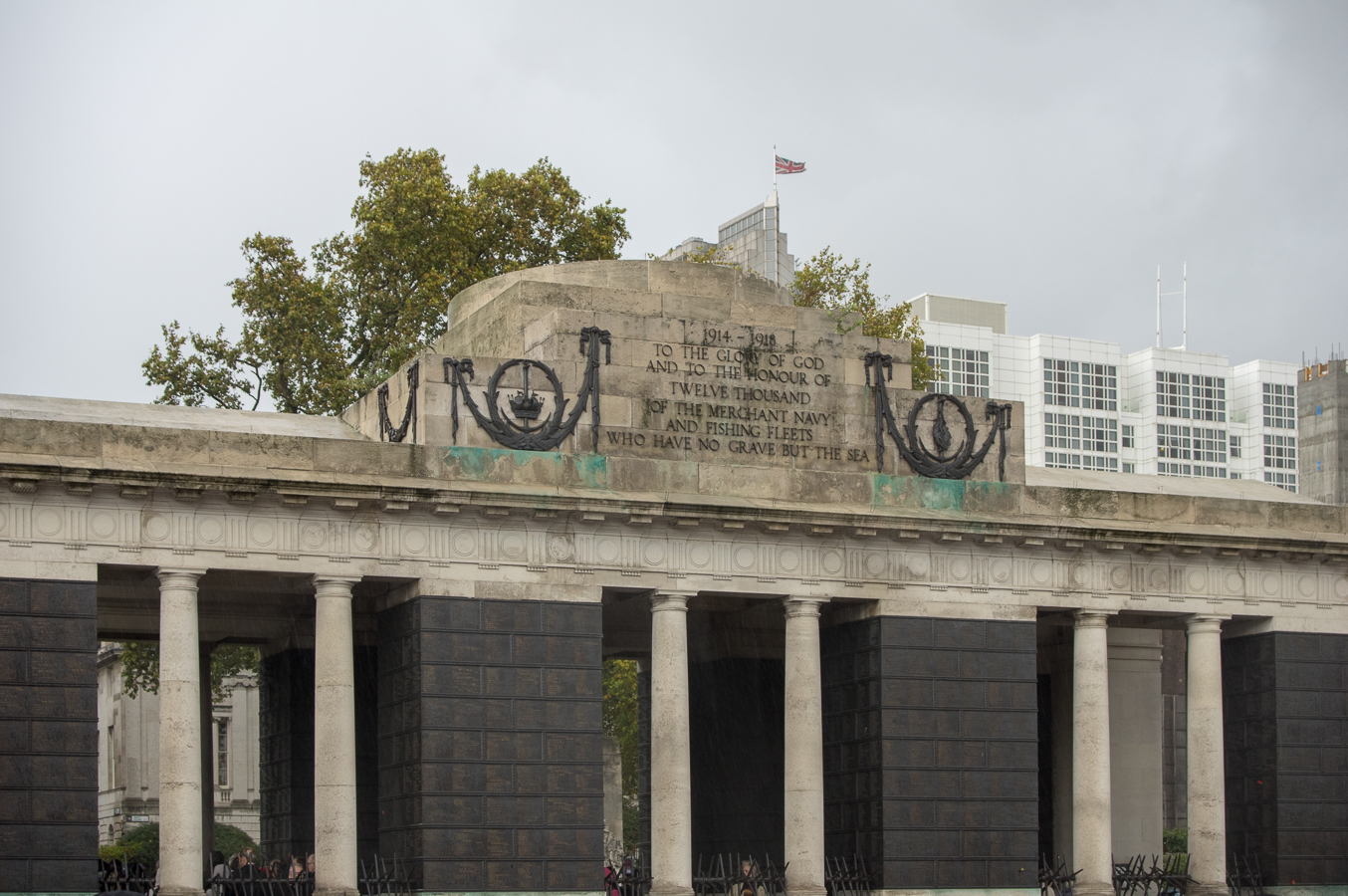


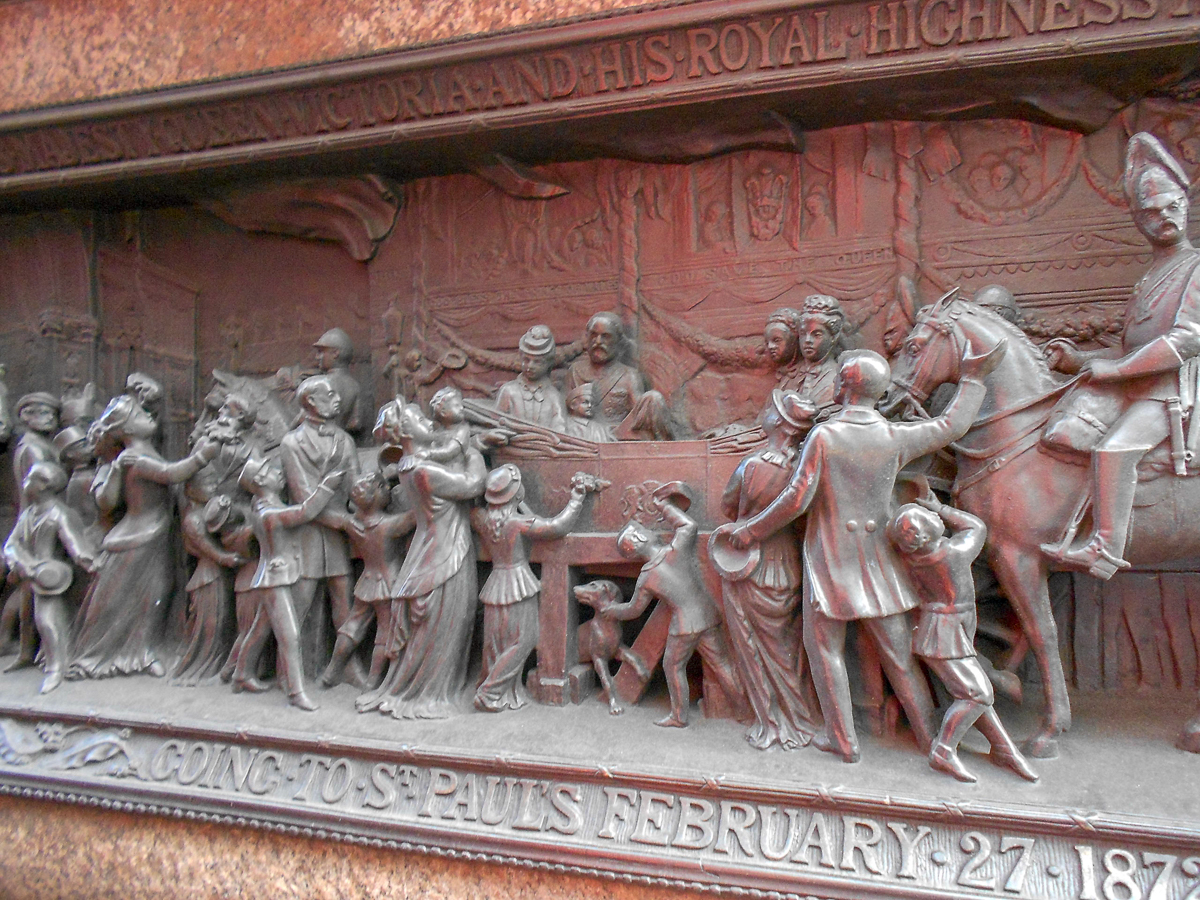
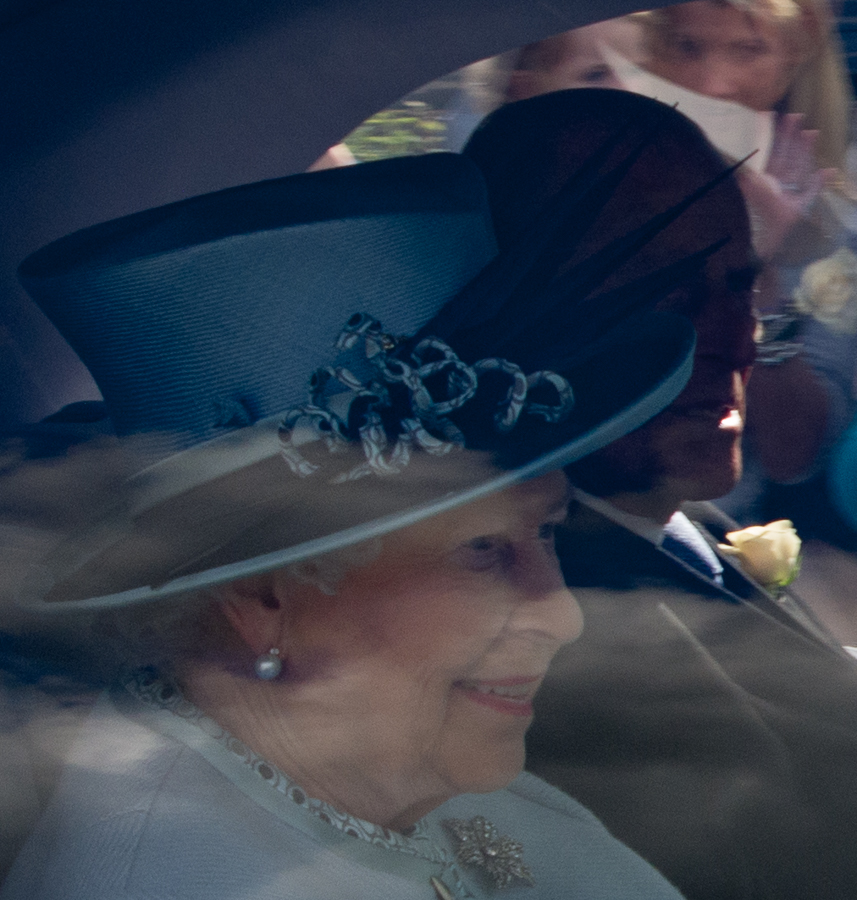

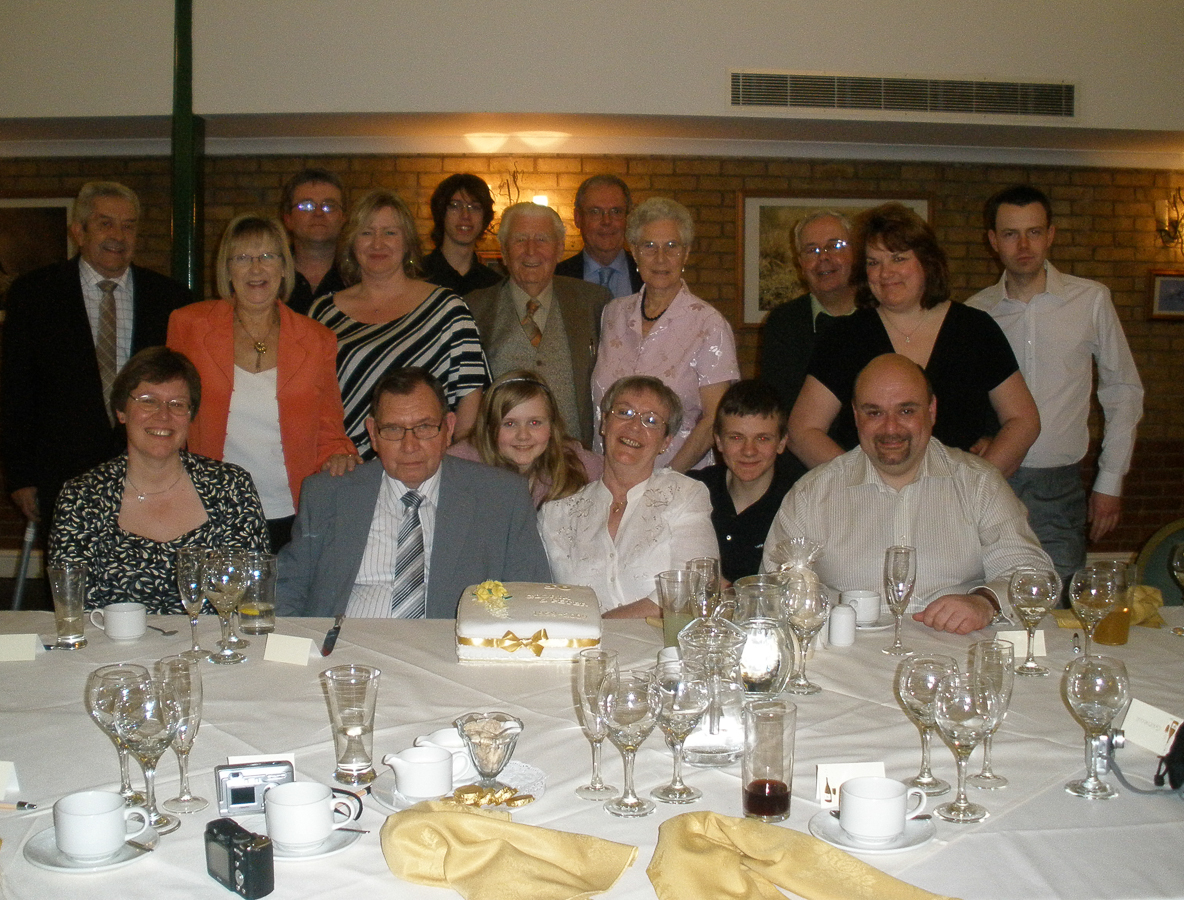
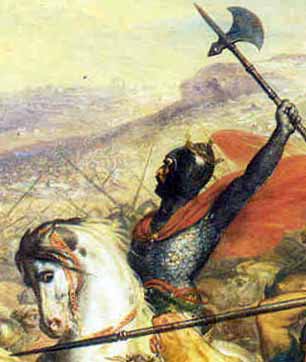 Pepin the Short's father, was Charles Martel.
Pepin the Short's father, was Charles Martel.

